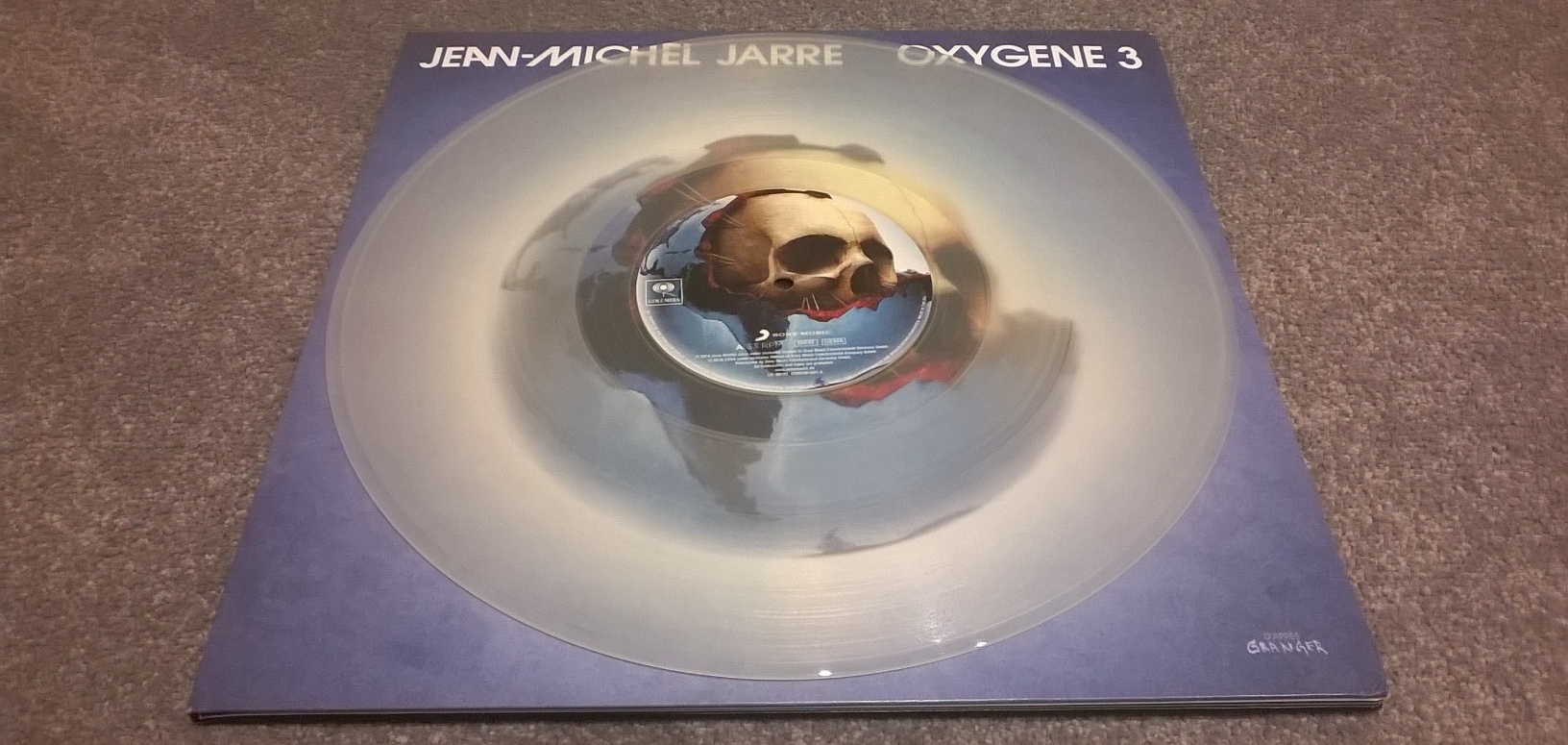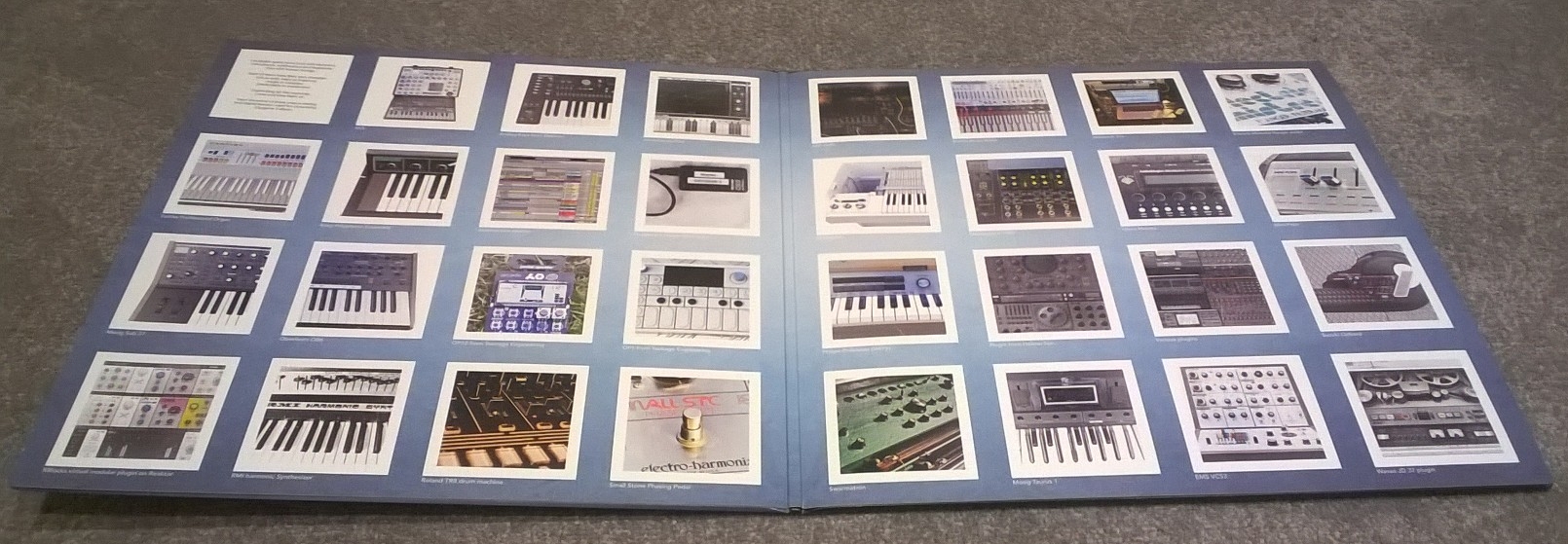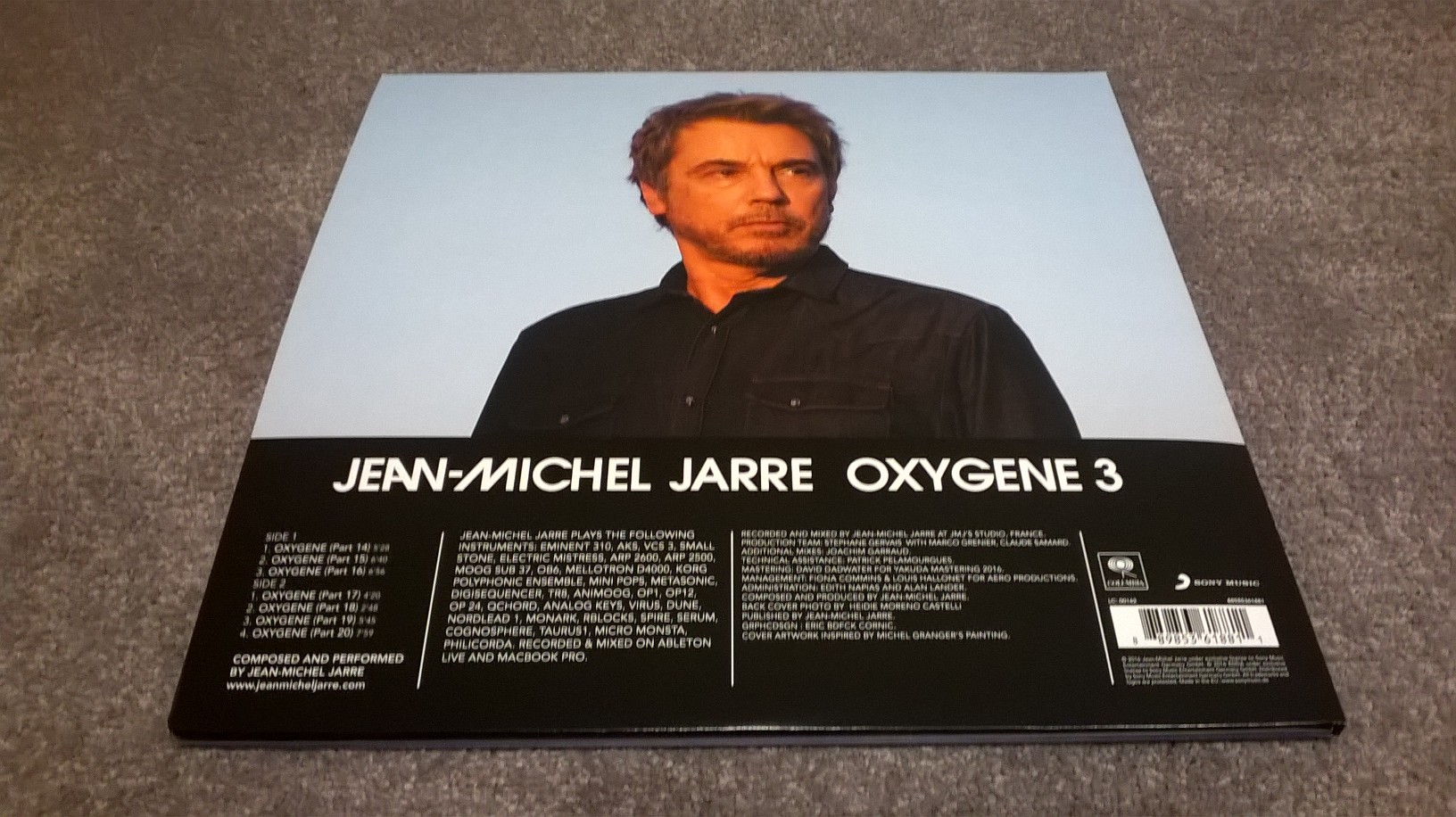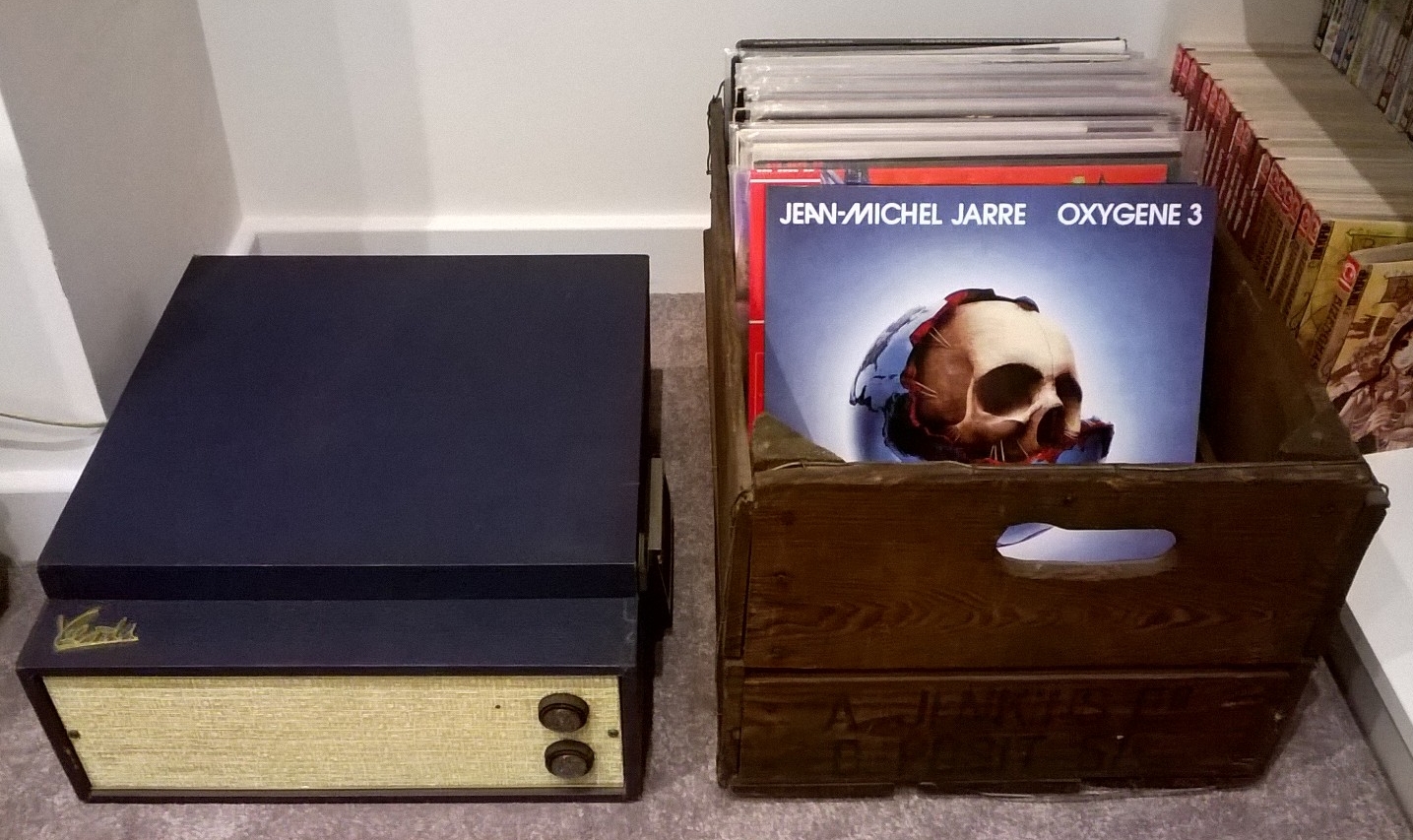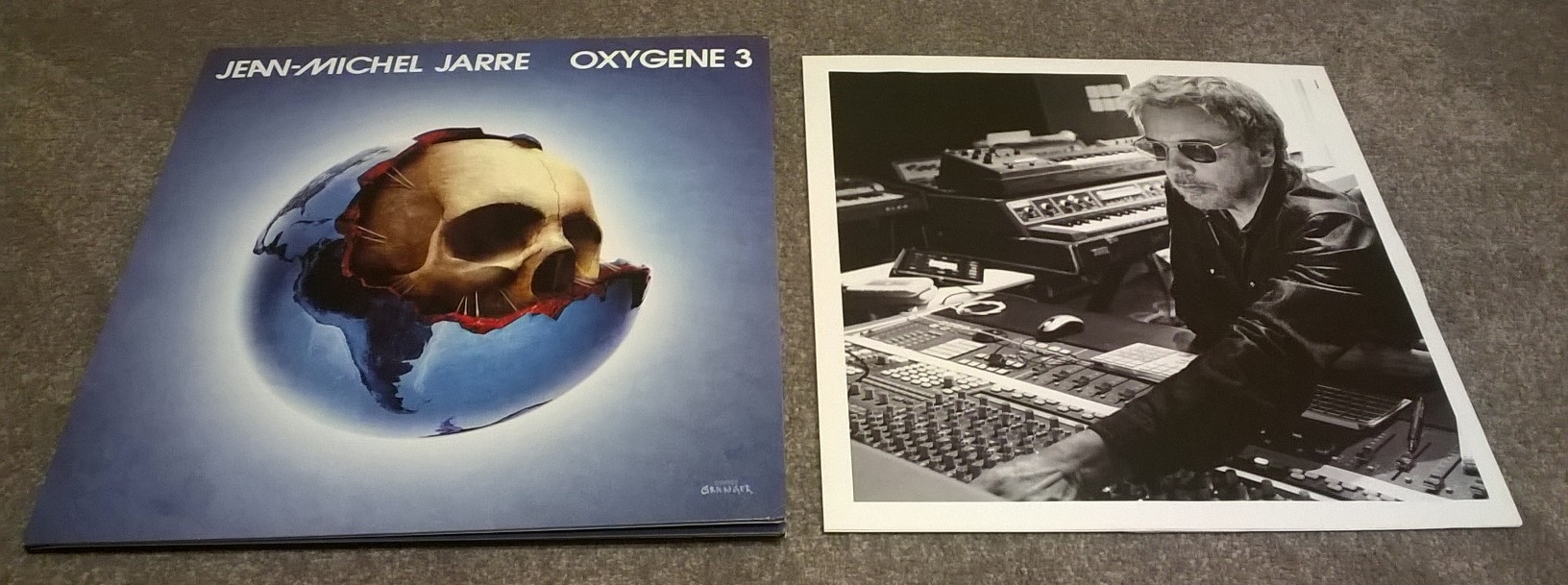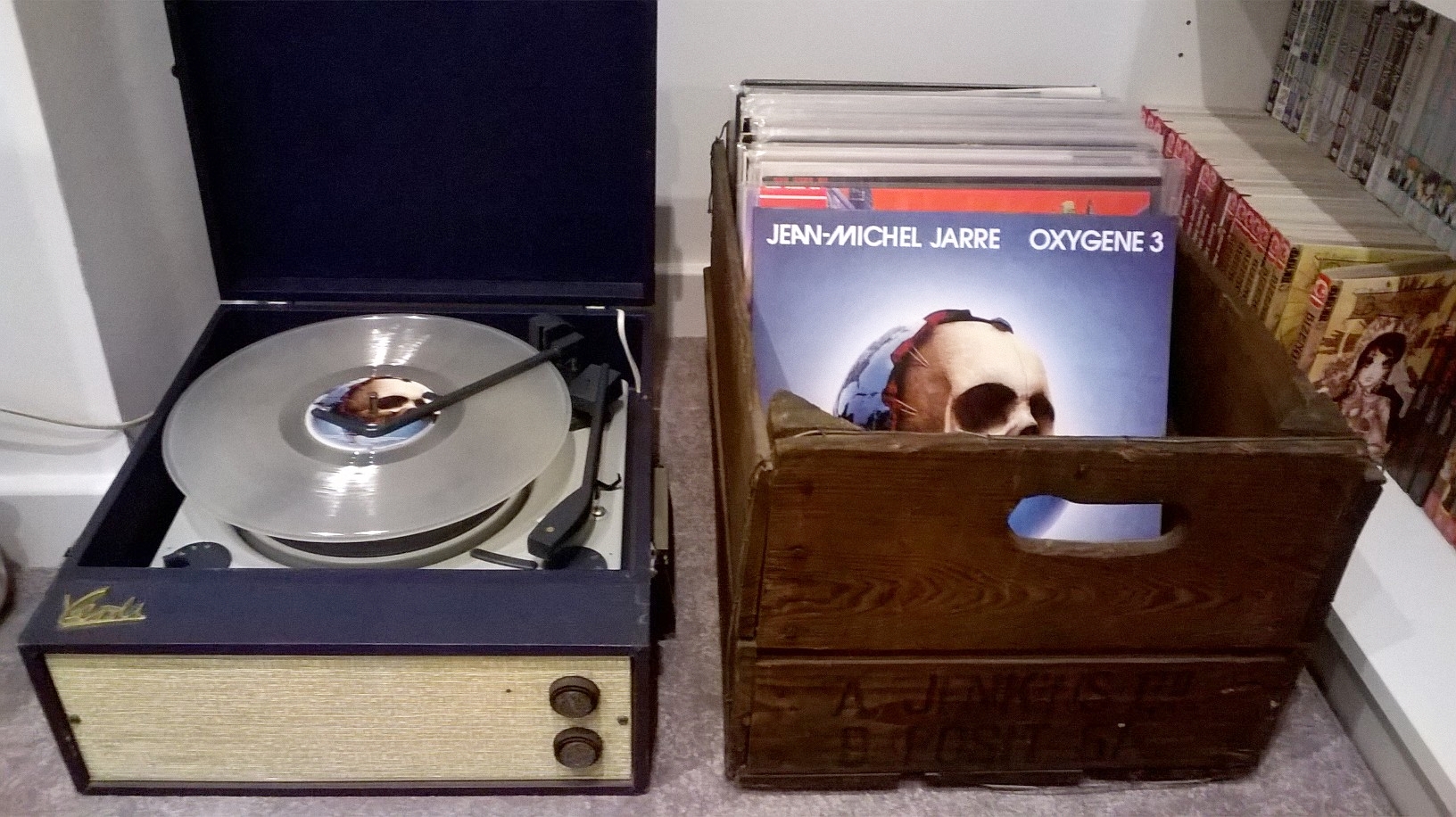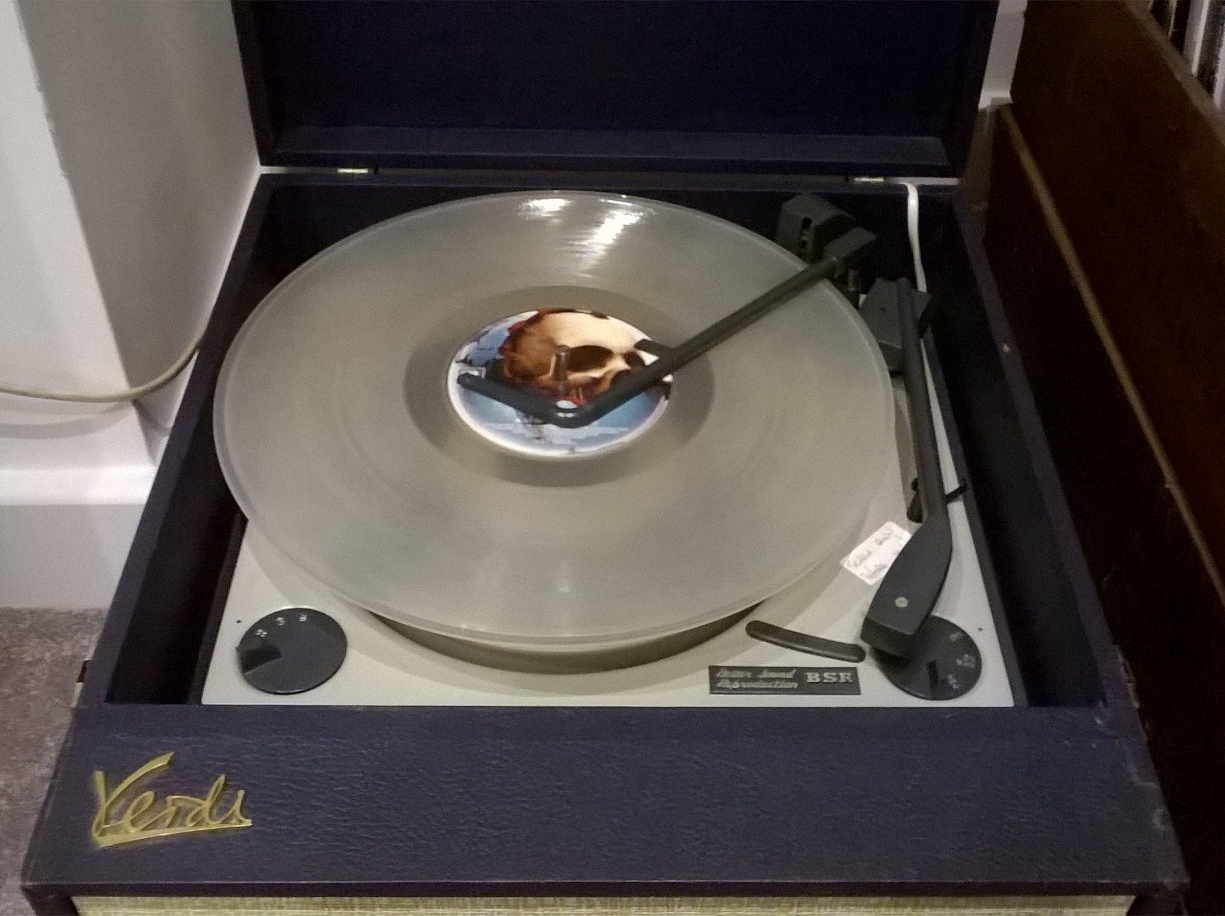In 1976 a young struggling synthesiser musician Jean Michel Jarre released Oxygene on an unsuspecting world. It became a huge commercial success and brought Jarre to the masses, becoming one of the most successful French albums in the world. Oxygene has stood the test of time to become recognised as one of the most influential ambient electronic albums of all time and Jarre is on the right side of history, seen as a pioneer and master of the craft. A handful of successful albums and record breaking world tours followed and Jarre dipped back into the Oxygene well 20 years later to release Oxygene 7- 13 in 1997. The album contained a mixture of both analogue and digital synths and was well received overall. I enjoyed the album and felt it continued the themes of the original well.
The artwork by Michel Ganger recalls the first Oxygene.
A period of experimentation and mixed success followed with highs such as Metamorphoses and Aero but also low lows such as with the much maligned Téo & Téa. It seemed that Jarre had lost his edge, his relevance... but in an extraordinary tale of redemption Jarre came back bigger and better in 2015 and 2016 with the impressive Electronica Vol 1 and 2 albums and stunning world tour. It seemed like the time was right for Jarre to recapture his crown as the ambient electronica master and so, after 40 years from the original release of Oxygene we have Oxygene 3.
When I heard about the release to say that I was excited would be an understatement. I consider the album to be one of the most influential in my life and it is probably my most listened to album ever. I was please but also worried that Jarre wouldn't be able to recapture the magic. It is difficult for many artists to have the fire and creativity of their youth but when I heard that Jarre was taking a back to basics approach and creating it within a 6 week time frame, just like he did for the original, I was sold. So after this rather long preamble... does the album work? Is it worth it?
The answer to this is yes, yes and YES! This new album was never intended to be a lavish polished production, instead it sounds rough in places but it has Jarre doing what he does best; creating haunting, ambient soundscapes that will stay with you for a long time and transport you to another place.
The album is a return to the Jarre of yore, and his old self but with the added wisdom that comes with age. For me the standout tracks are Oxygene 14, 17, 19 and 20 but after only 3 listens this may change. Tracks 14 to 16 work well together and flow beautifully to create the right Oxygene mood, with familiar instrumentation across the pieces. Part 17 is a great piece of electronic pop and I can imagine it on the dancefloor of many synth-electro clubs. Part 19 changes quite a lot during its near 6 minutes, weaving in bits of past tracks to create a uncertain soundscape with arpeggios that John Carpenter would be proud of. Track 20 is a sublime end to the album, building slowly and dramatically to an almost funereal dirge, but in the best possible way.
Some of the younger Jarre fans may not fully appreciate this new release but it is a fitting conclusion to the Oxygene trilogy and sits well with the other 2 albums, complementing them and adding to their tapestry. I am relieved and pleased that Jarre's legacy will remain intact and he will be remembered for being a true pioneer rather than a retro throwback who struggled to be relevant. In such unsettling times as these maybe we could all do with being transported to other worlds, at least for a while.
